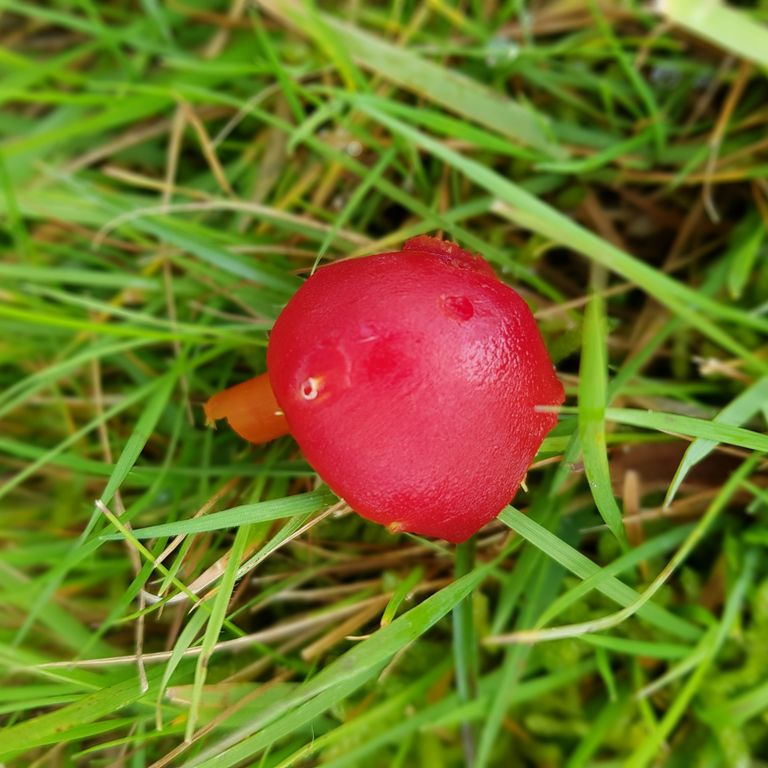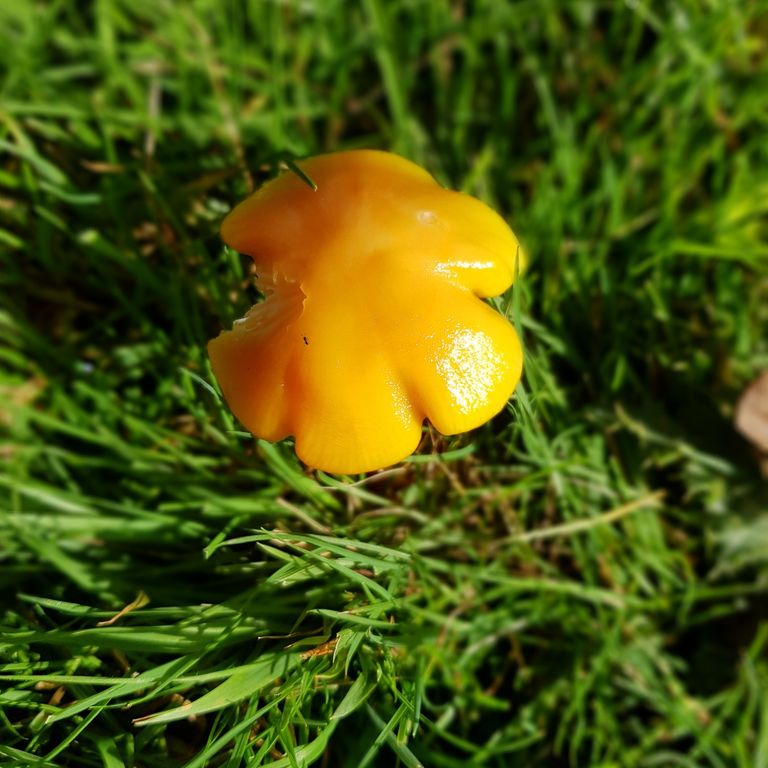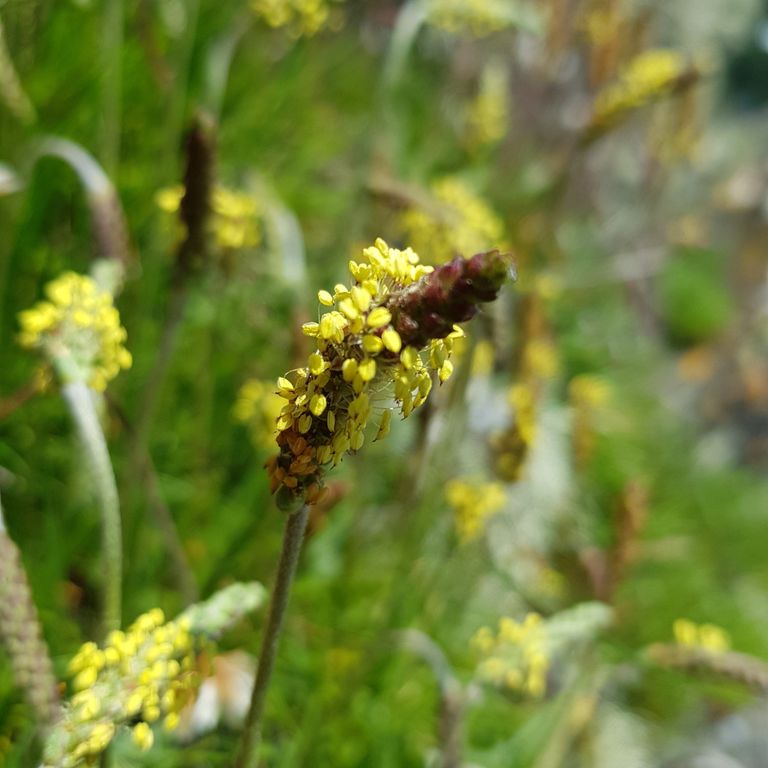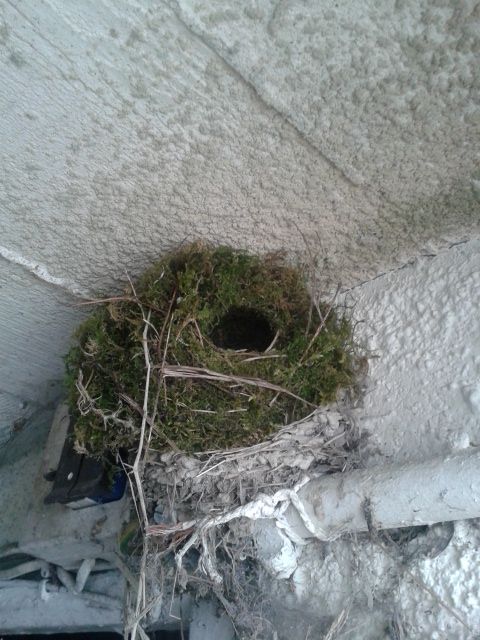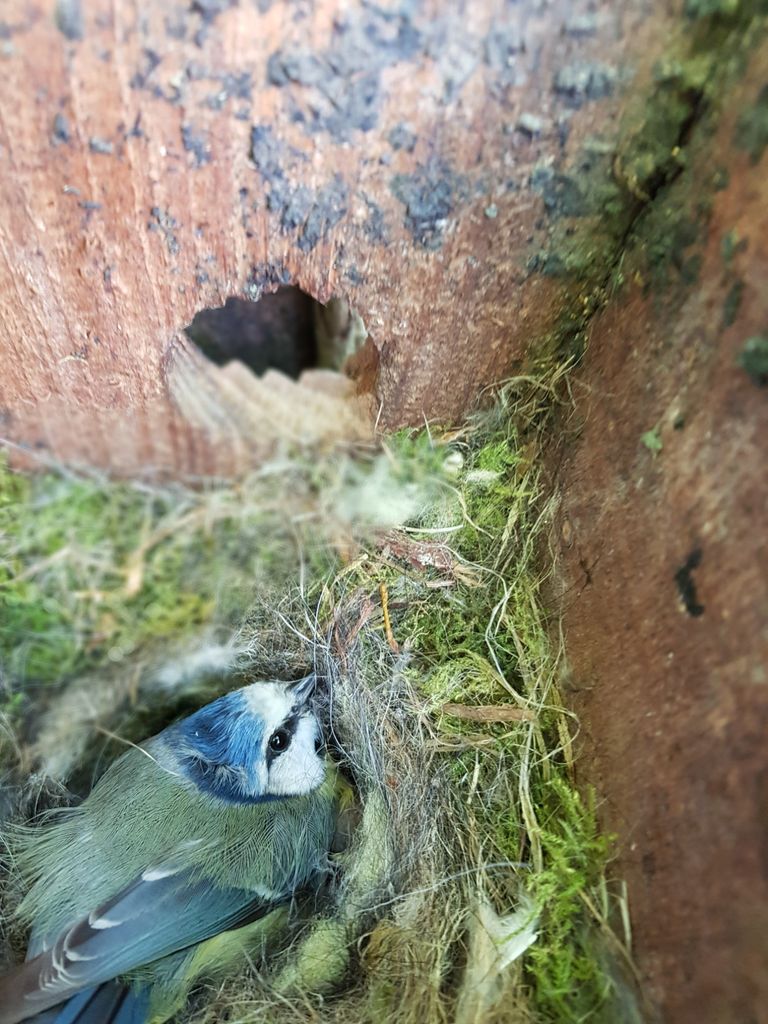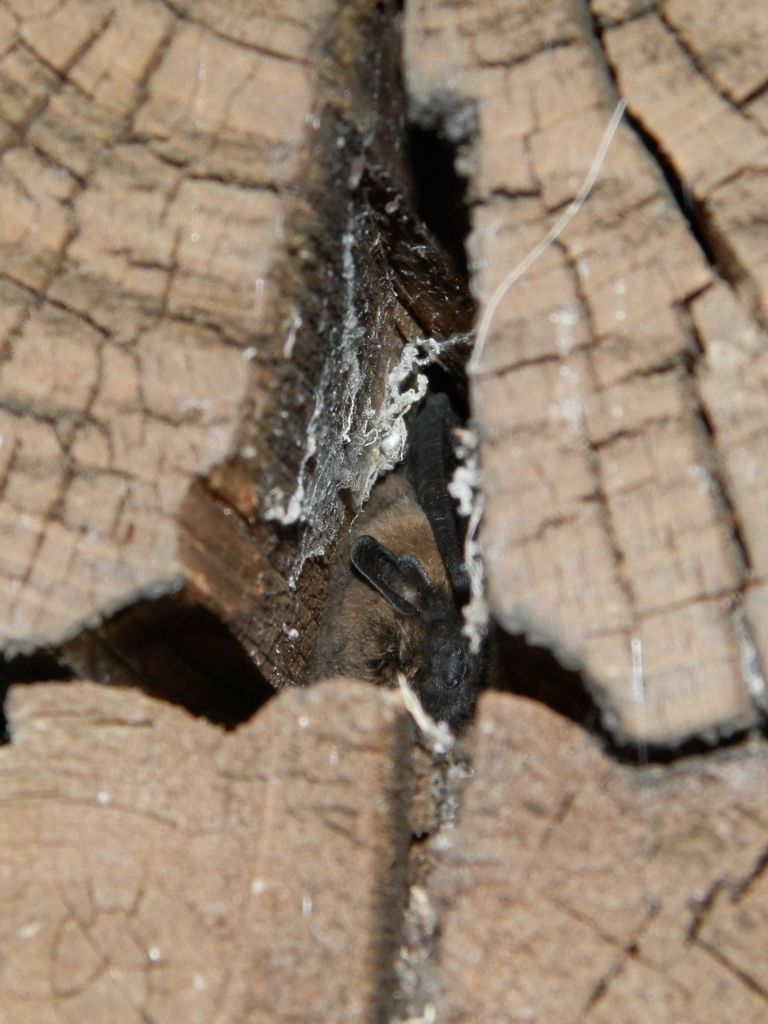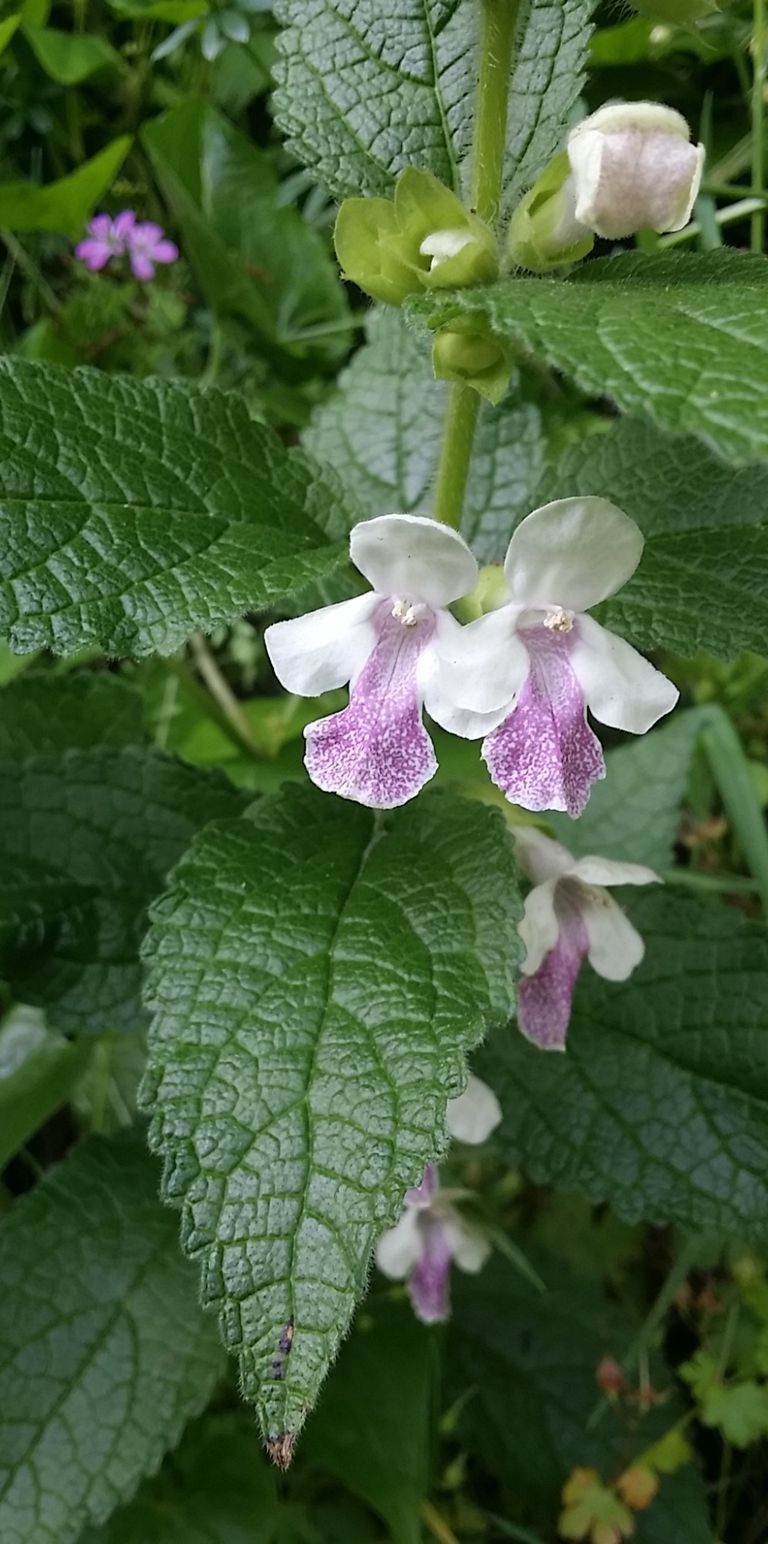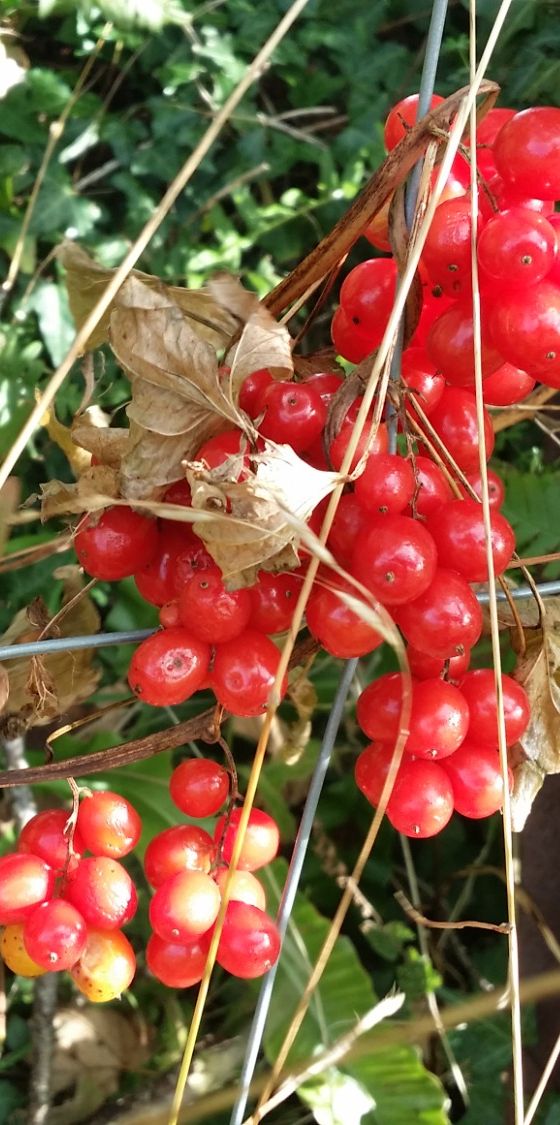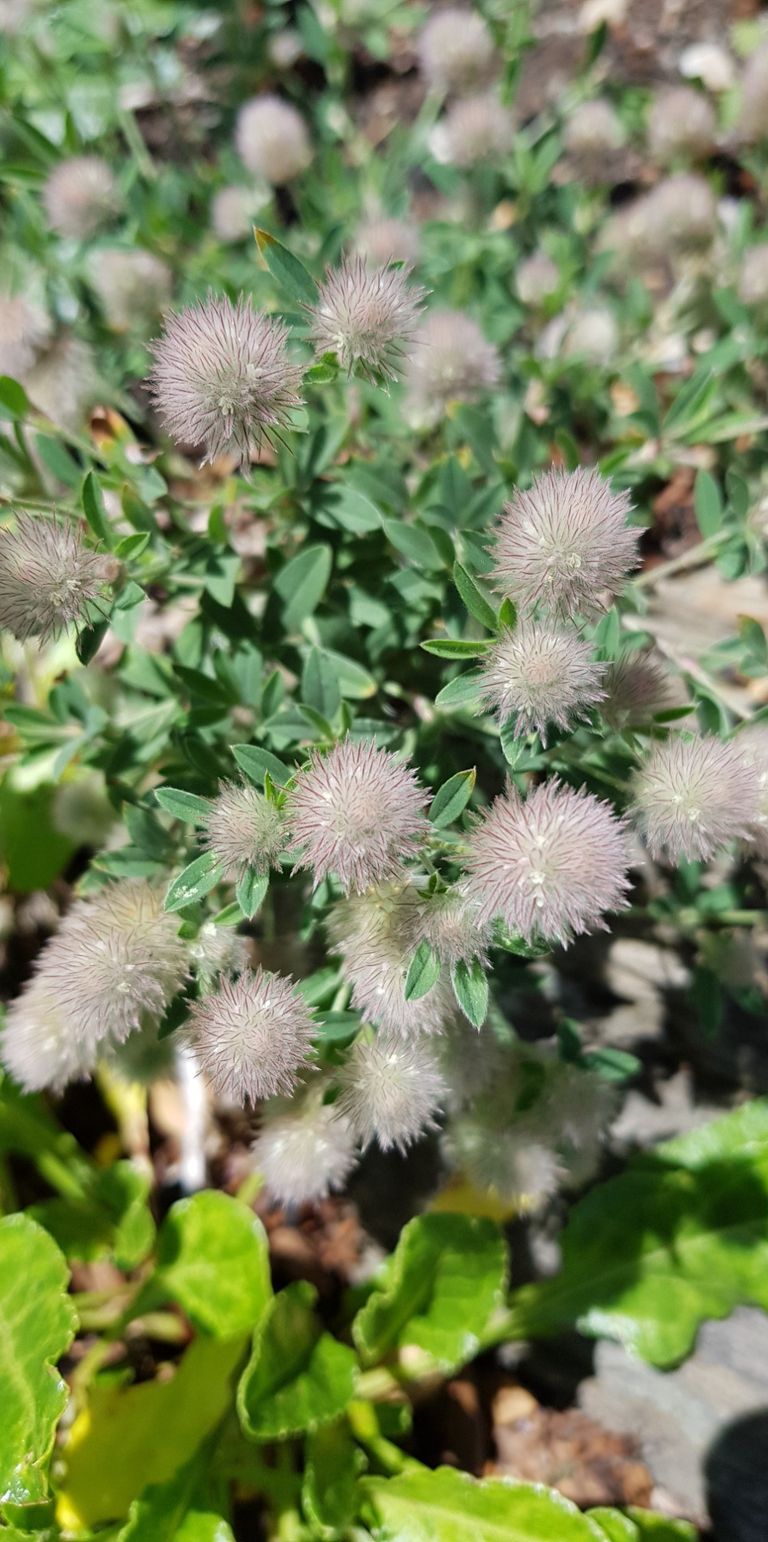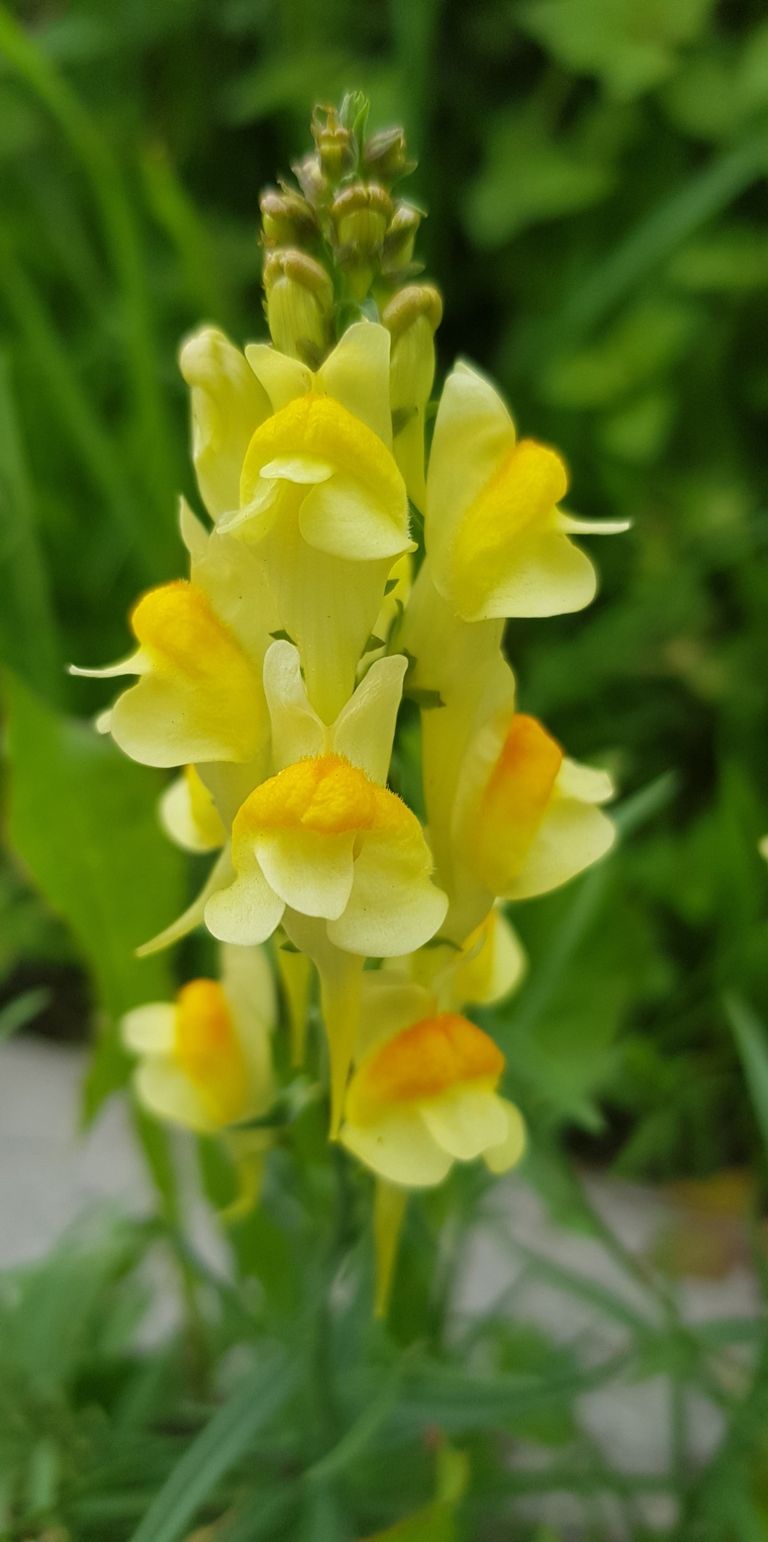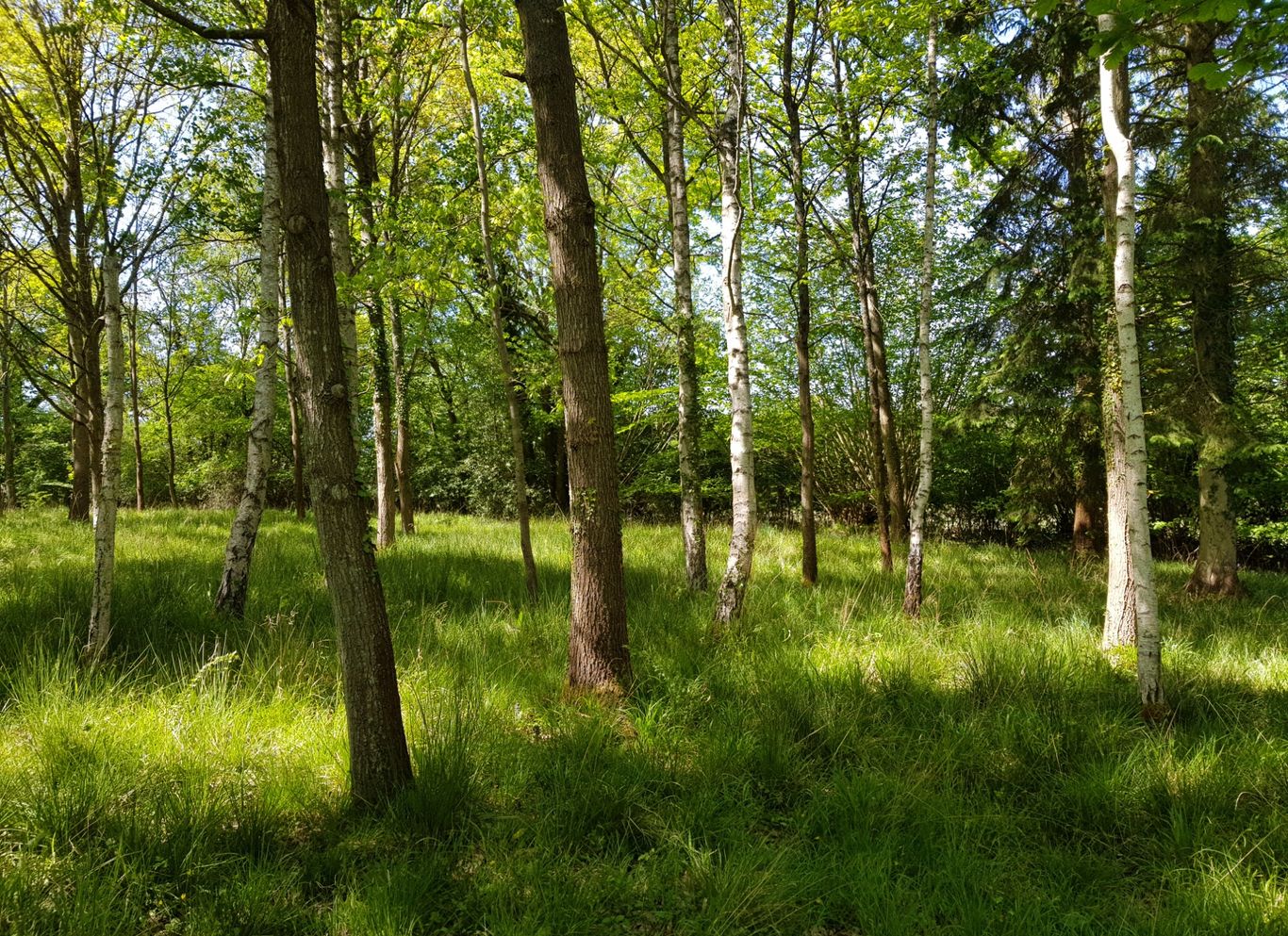
Is the image above of a woodland, or just planted trees?
Biodiversity Net Gain (BNG), what is it, and why do you need to understand it?
Few individuals can fail to be aware of the loss of biodiversity world-wide – we watch TV programs and read articles on the destruction of Rain forests and Coral reefs, we lament the killing of sharks, rhinos, tigers, pangolins and many, many, other species and the destruction of their habitats. People contribute money to the World Wildlife Fund to protect the habitats of these amazing apex creatures and perhaps console themselves that this is occurring in other parts of the world but that here, at home in the UK, it’s somehow different.
Perhaps through blissful ignorance, or perhaps deliberate dissonance, we fail to recognise the loss of habitats and wildlife in our own back yards. Our wildlife might not be as large and imposing as ‘big game’ – in part because we killed all our bears / wolves / lynx / beavers, many years ago, but look closely - our remaining wildlife is also hugely impressive. Unfortunately, our resident wildlife such as water voles have suffered a massive reduction in numbers, our hedgehog numbers are in free fall in many areas, as are our adder populations - and let’s not talk about red squirrels!
There are myriad and complex reasons for wildlife decline, and this is not the place to explore them, but suffice to say, in one way or another, humans and their habits are the single most significant cause of habitat disconnection and loss. Remember when after a car journey, the car windscreen would be covered in the remains of insects? The fact that far fewer insect bodies are stuck on your windscreen today is not to do with better car aerodynamics, it is simply that insect numbers have crashed.
Arguments abound as to causation, but pesticides / herbicides and habitat loss are certainly contributing factors. Dead hedgehogs on the road in (my youth), have been largely replaced with dead badgers, deer and foxes, indicating by proxy, that some species have anecdotally increased their population, whilst others have suffered often by the same human actions.
Who in their right mind would dispute that something must be done to both protect and reverse the declines in a wide range of species?
BNG is the Government’s attempt to do just this. In short, the responsibility to reverse wildlife declines will fall to developers, whether in physical deeds, or in compensation payments.
BNG follows on from the Government’s aim in its 25 Year Environment Plan to “leave the environment in a better state than we found it”. Broadly, “BNG”, as set out in the Environment Bill, requires development to deliver at least a 10 per cent improvement in “biodiversity value”
This is a Woodland - it takes 100s of years to develop.
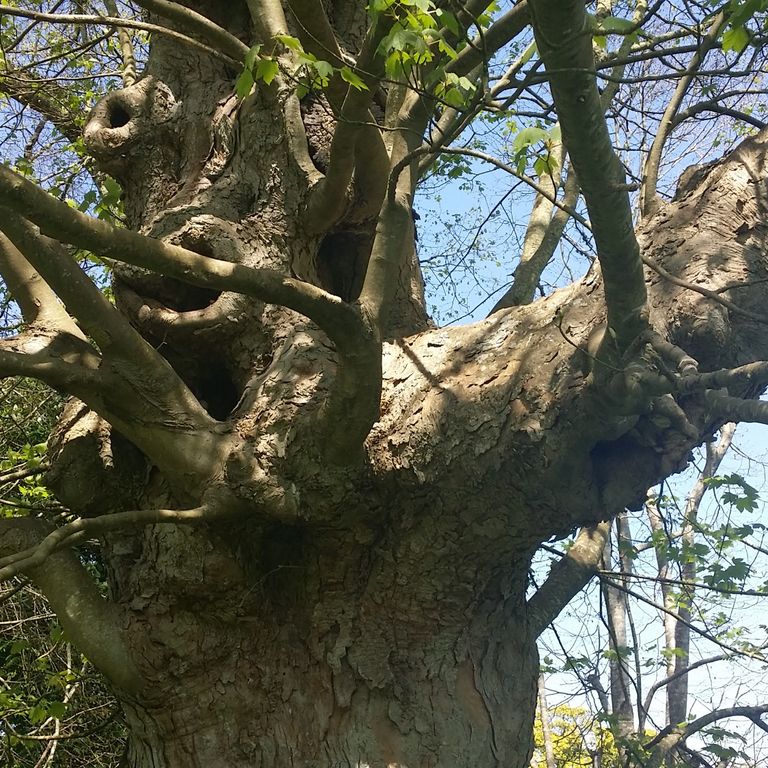
Telephone: 0800 888 6846
A link to the Environment Bill (2020) can be found below
© Copyright. All rights reserved.
Ecological Surveys Ltd are part of Diamond Biodiversity Holdings.
We need your consent to load the translations
We use a third-party service to translate the website content that may collect data about your activity. Please review the details and accept the service to view the translations.

